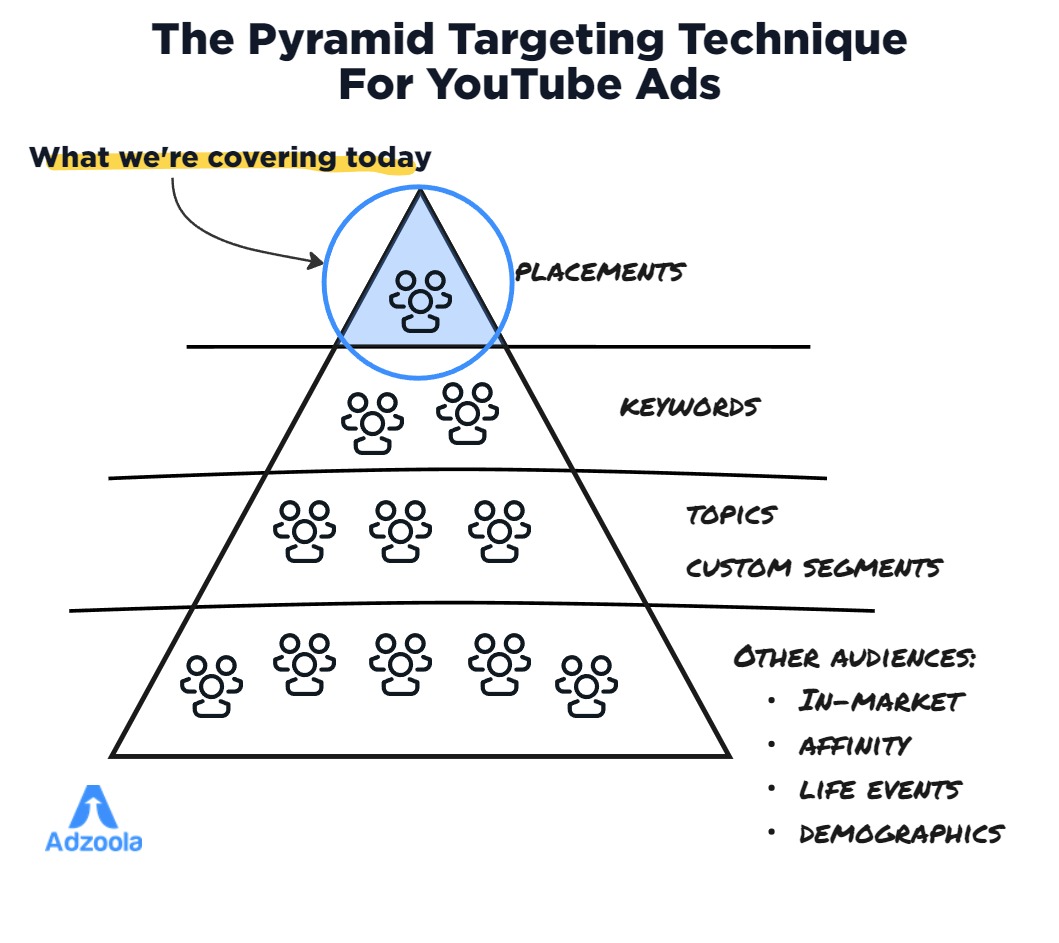In video advertising space, only one platform has emerged as a formidable contender: Netflix ads. The media brand’s emergence into the space marks a significant departure from the longstanding synonymity of YouTube with online video content and advertising.
With its vast subscriber base and innovative content delivery methods, Netflix offer advertisers a refined approach to audience engagement, challenging the dominance of platforms like YouTube.
And while Netflix undeniably wields considerable influence, it would be rude to discount other platforms entirely. Indeed, embracing diversity in advertising channels and allocating budgets across multiple platforms remains the recommended strategy.
With the opening up of easy Netflix advertising opportunities through the Microsoft Advertising platform, there has never been a better time to explore new avenues for reaching a target audience.
Table of Contents
A Brief History of Microsoft and Netflix Ads Relationship
The partnership between Microsoft Advertising and Netflix began with the Xandr acquisition back in 2021. Through the purchase of Xandr, Microsoft secured the exclusive rights to Netflix’s advertising.
In 2022, Netflix launched their ad-supported plan and began the password-sharing crack-down. Since then, there has been a rapid rise in the number of users opting in for Netflix’s ad-supported tier. In 2023, the Netflix ads plan reached 23 million global active users. Recently the company reported that number had cleared 40 million.
When advertising on Netflix first became open up, it was released to only those advertisers with a minimum budget of $10 million to purchase the premium inventory on Netflix. In February, Microsoft Advertising launched the closed alpha for Netflix ads within the Microsoft Advertising platform, providing advertisers with the chance to tap into the Netflix inventory with no minimum spend requirements.
Netflix in the news
Netflix has recently garnered attention for strategic initiatives aimed at expanding its subscriber base and revenue.
Among these strategies has been a crackdown on password sharing, aimed at driving subscriber growth and boosting subscription revenue. This resulted in an estimated 22 million new sign-ups, leading to a significant increase in Netflix’s stock price. Additionally, the introduction of the ad-supported tier and the crackdown on password sharing was believed to have contributed to nearly 30 million new subscribers in FY23, with the ad-supported tier reaching 15 million global monthly active users within a year of its launch.
Netflix revealed that 40% of new signups were opting for ad-supported plans. Notably, Netflix selected Microsoft as its exclusive technology and sales partner to facilitate its first ad-supported tier, aiming to broaden access to entertainment globally. Through this partnership, Microsoft Advertising collaborated with Netflix and advertisers to offer various formats and experiences, targeting highly engaged audiences. Currently, Netflix ads are available in 12 countries worldwide, presenting advertisers with a unique opportunity to connect with premium audiences.
What are the Netflix ads formats on offer?
Netflix video ads are displayed across various devices. These include TV, mobile, desktop, and tablet, in formats such as Non-Skippable, Pre-roll, and Mid-roll, each with a frequency cap. Performance metrics for Netflix ads, including impressions, spend, average CPV, average CPM, video view percentages, and video completion rate, are accessible within the Microsoft Advertising platform.
What about YouTube?
This article offers insight into the opportunities for advertising on Netflix. The aim is not to steer the user away from the option of YouTube advertising, but rather to inform about Netflix ads as an alternative avenue for the allocation of your marketing budget. Or a share of it, particularly if it might better align with the target audience of a given campaign.
YouTube provides a diverse range of ad formats, including skippable, non-skippable, bumper and out-stream ads, yet the average view rate stands at 31.9%. Alongside these, advertising on YouTube is accompanied by robust analytics, supporting advertisers with high quality insights to enhance strategies and maximize ROI.
How does this compare to Netflix?
When comparing Netflix ads to YouTube Ads, distinct differences shape advertisers’ strategies and audience engagement.
Netflix, with its subscription-based model, seamlessly integrates ads into the viewing experience, ensuring a captive audience immersed in high-quality original content. In contrast, YouTube operates on an ad-supported model, interrupting user-generated content. While YouTube offers diverse targeting options, Netflix leverages subscriber preferences for highly targeted ads, maximizing engagement.
Despite Netflix’s limited ad formats compared to YouTube’s versatility, its curated content library and strict ad policies create a premium advertising environment.
The choice between Netflix and YouTube hinges on factors such as audience targeting, content alignment, and advertising objectives, each offering distinct advantages for advertisers.
A dive deeper into the behaviours
Viewer Retention
When analyzing viewer retention at the 2-hour mark, Netflix audiences exhibit higher engagement with long-form content compared to YouTube.
Audience demographics
Netflix predominantly attracts audiences aged 18-49, while YouTube’s largest age group falls within the 25-34 range. This shift to Netflix presents an opportunity for advertisers to tap into a highly engaged audience within a specific age demographic, fostering the potential for effective targeting.
Viewing Habits
Netflix audiences spend an average of 3.2 hours per day streaming, while YouTube audiences spend only 19 minutes daily on the platform. There exists a distinct difference in viewing devices too: 71% of Netflix audiences watch on TV, where the majority of YouTube’s audience watch on mobile.
Let’s conclude with a comparison of the pros and cons of advertising on Netflix and YouTube.
Netflix ads
Pros:
Brand awareness: Advertisers can leverage Netflix’s platform to build brand awareness among highly engaged audiences
Authority: Netflix’s prominence enables advertisers to establish trust and authority with their audience, enhancing potential ROI
Limited Ads: With limited ad inventory, Netflix ads may support higher viewer engagement
Cons:
Limited Control: Advertisers have limited control over the selection of deals within the Netflix inventory
YouTube ads
Pros:
Reach: As the second most-visited website globally, YouTube offers access to a vast global market of potential customers.
Audience Targeting & Ad Formats: YouTube provides a wide array of targeting options and ad formats for advertisers to choose from.
Cons:
A Younger Audience: YouTube primarily attracts younger generations with limited purchasing power.
Competition: High competition for ad space on YouTube poses a challenge for advertisers.
Algorithm Changes: Changes in YouTube’s algorithm can impact the visibility and reach of ads.
The competition between Netflix and YouTube is fierce and only expected to heat up. Netflix ads has emerged as a formidable contender to the dominance of YouTube. With its vast subscriber base and innovative content delivery methods, Netflix offers advertisers a refined approach to audience engagement, emphasizing brand awareness and authority. The recent partnership with Microsoft Advertising has opened new avenues for advertisers to tap into Netflix’s premium audience.
It remains, however, essential to acknowledge the continued relevance of YouTube, with its extensive reach and diverse ad formats. While each platform has its strengths and weaknesses, advertisers can carefully consider factors like audience demographics, viewing habits, and campaign objectives when allocating their advertising budgets. Ultimately, whether it’s the captivating storytelling of Netflix or the vast reach of YouTube, the key to successful advertising lies in understanding the unique advantages of each platform.
Editor’s note: In May 2024 Netflix announced that it was set to expand its buying capabilities to include The Trade Desk, Google’s Display & Video 360, and Magnite as the main programmatic partners for advertisers. The company also unveiled plans to launch its own advertising technology platform by the end of 2025.
Izzy Gibbs, Marketing Team Lead at Dignius, contributed to this article.
The post Who Needs YouTube? – Netflix Ads: The Video Ads Game Changer first appeared on PPC Hero.





Leave a Reply